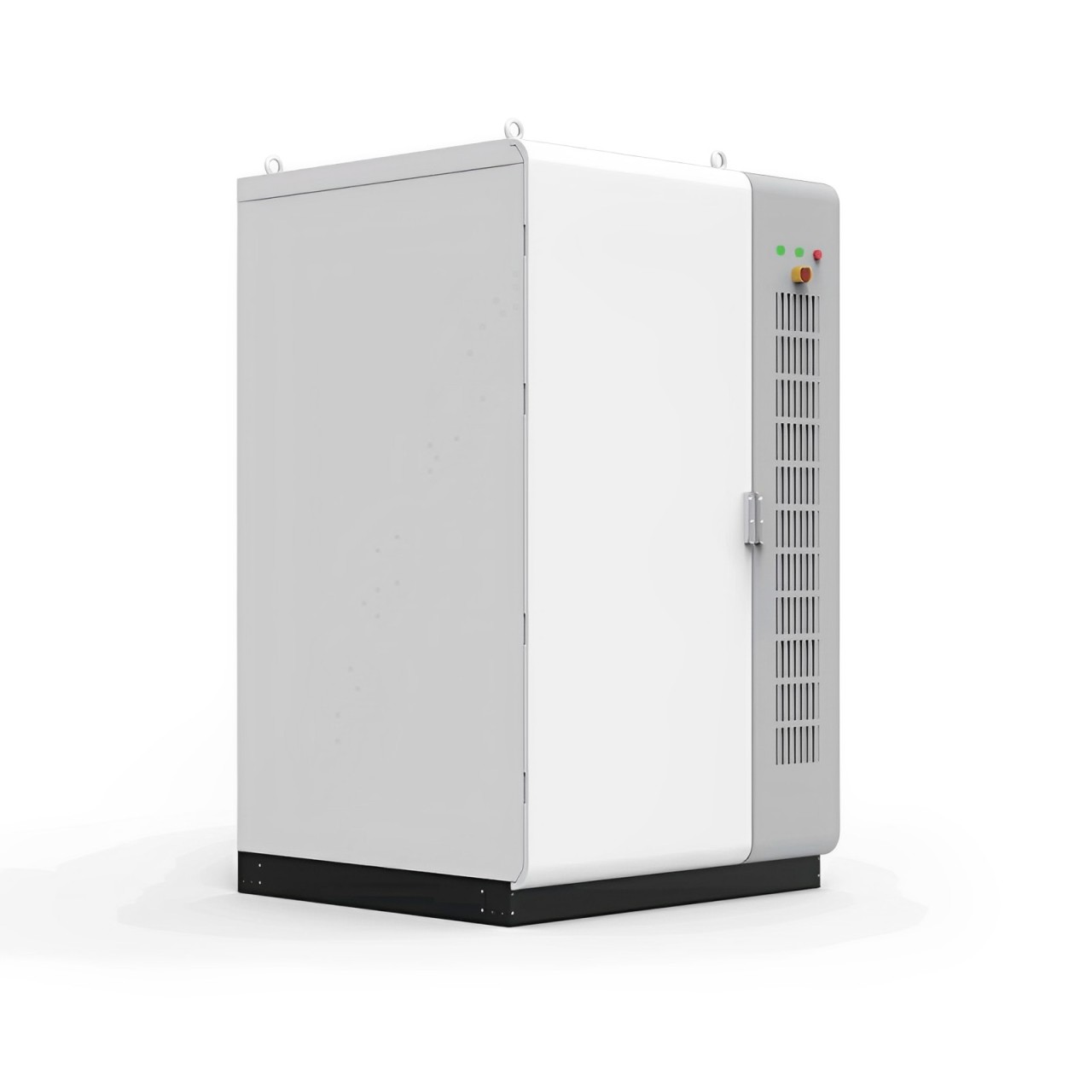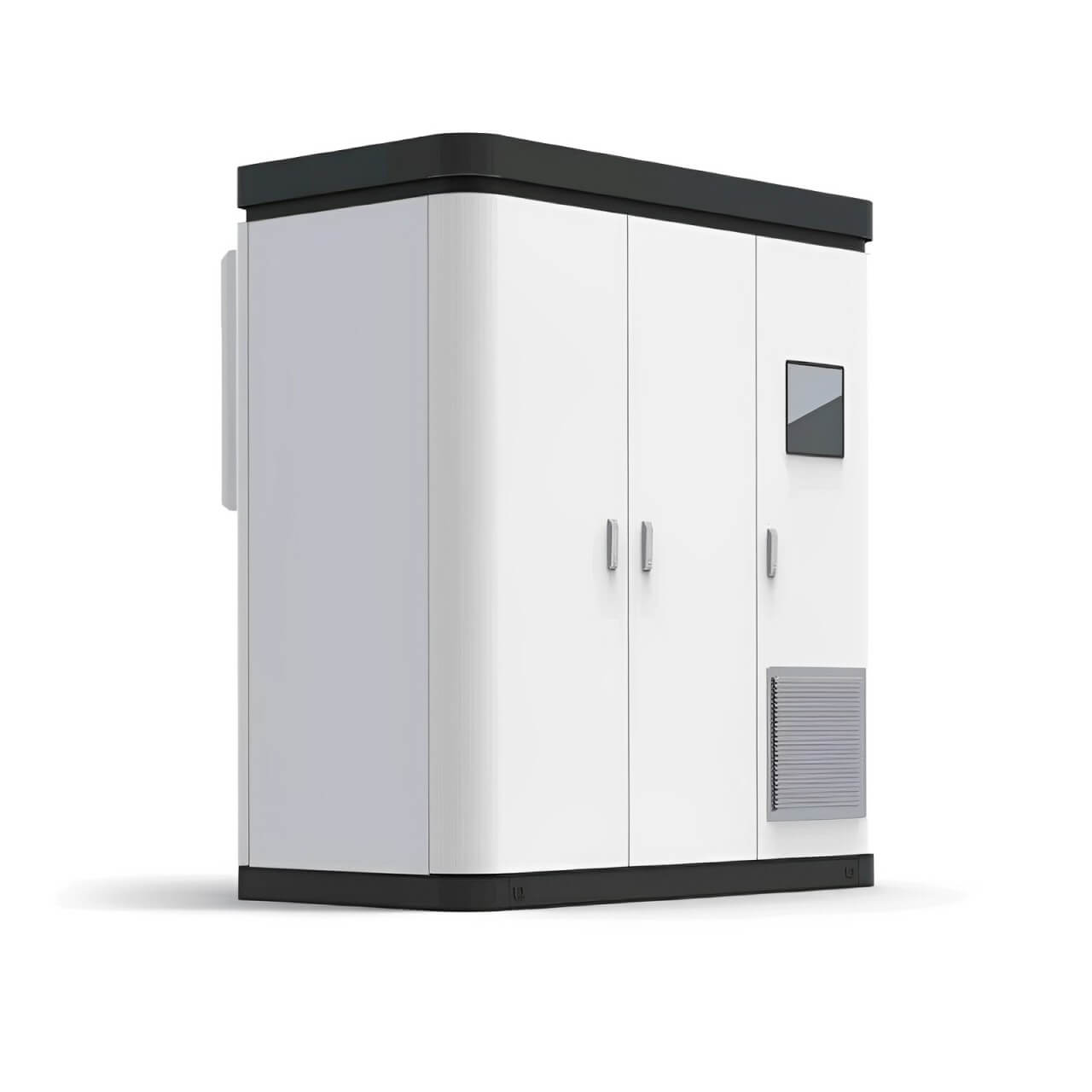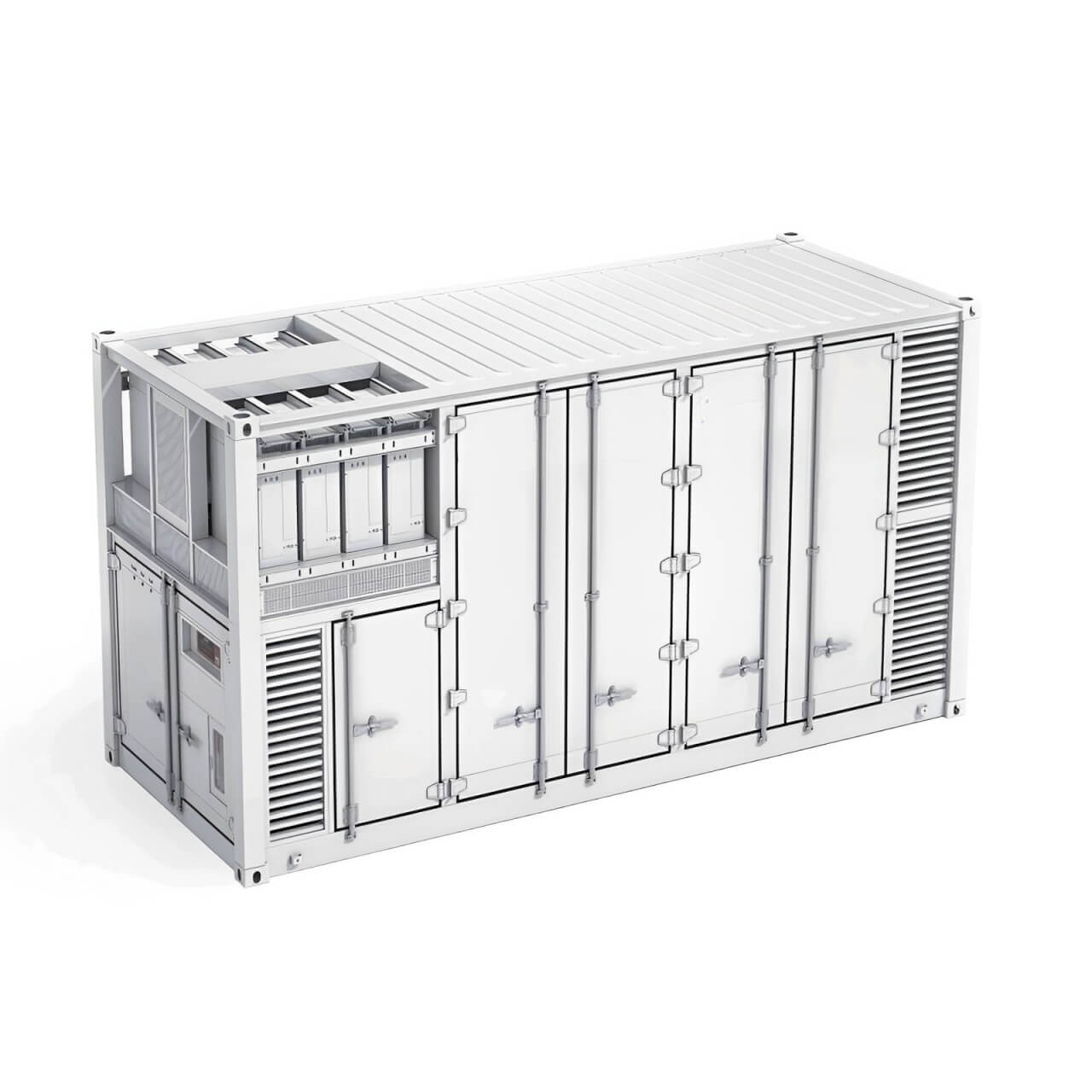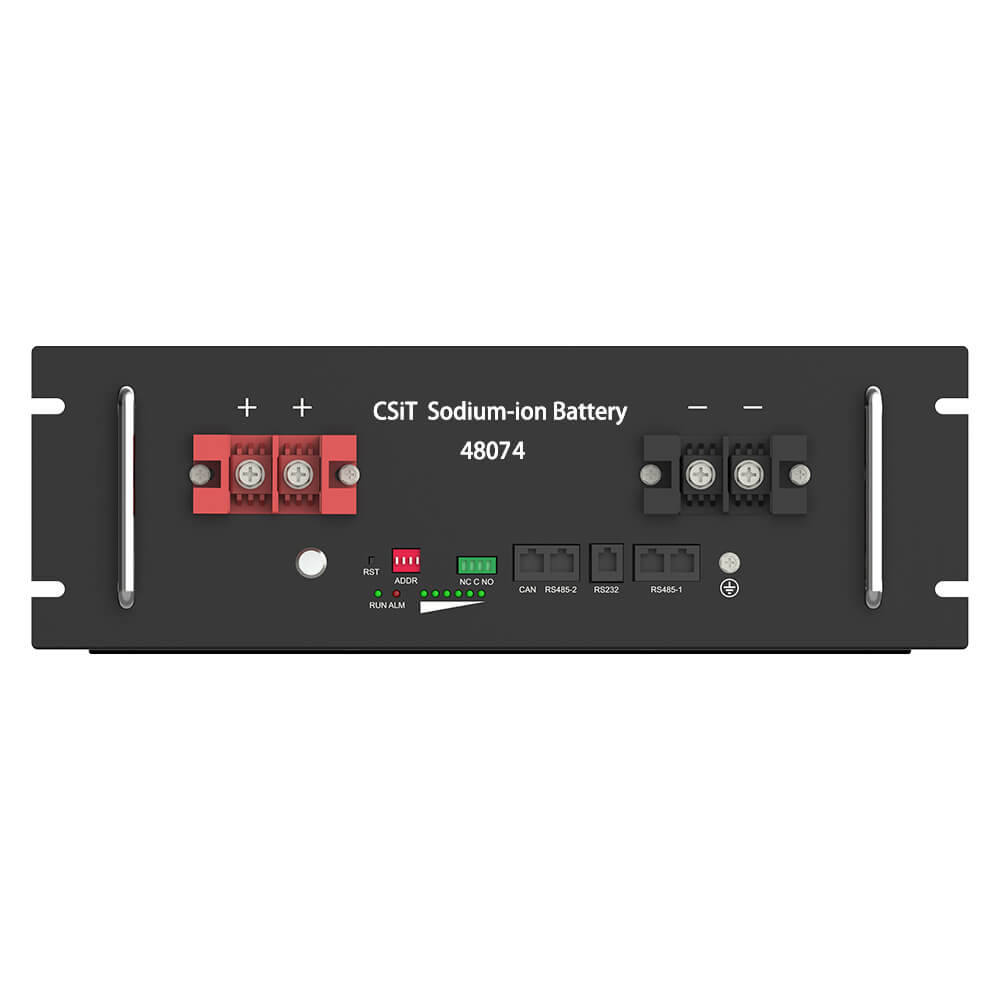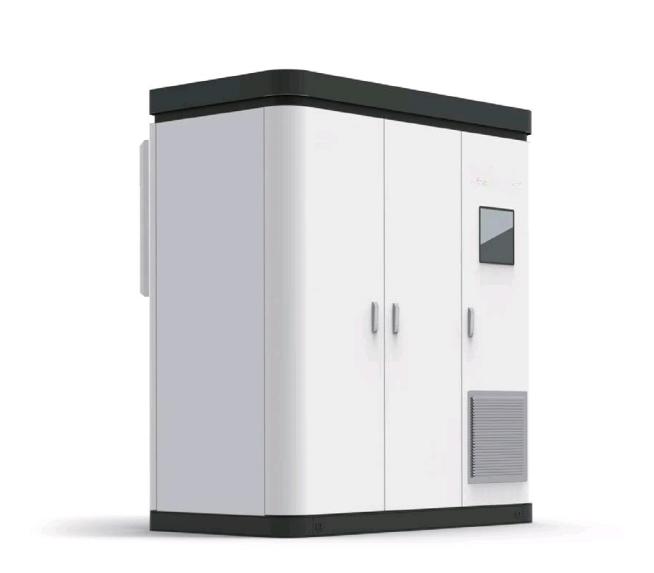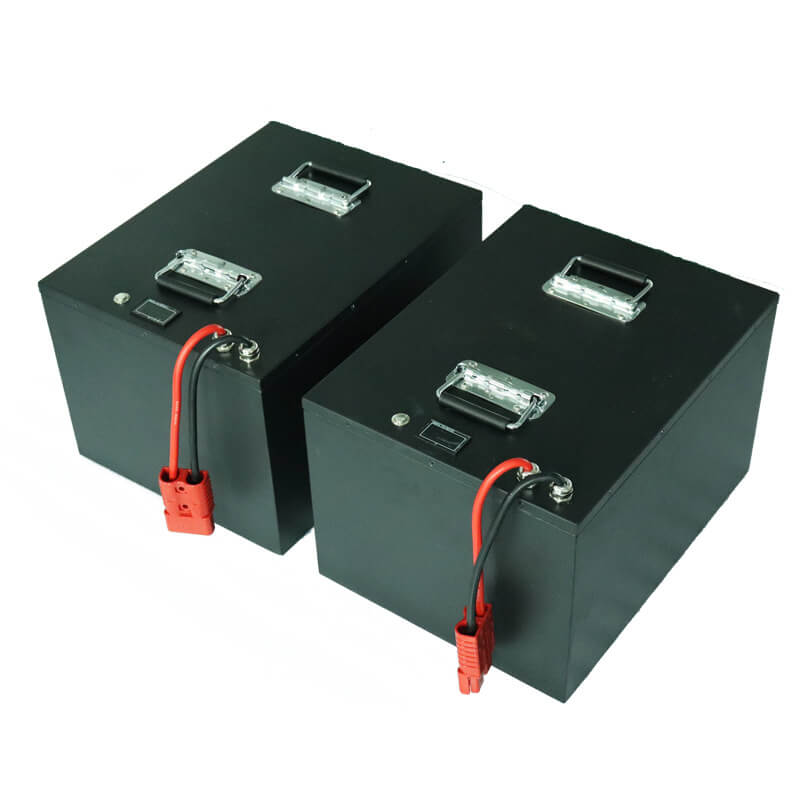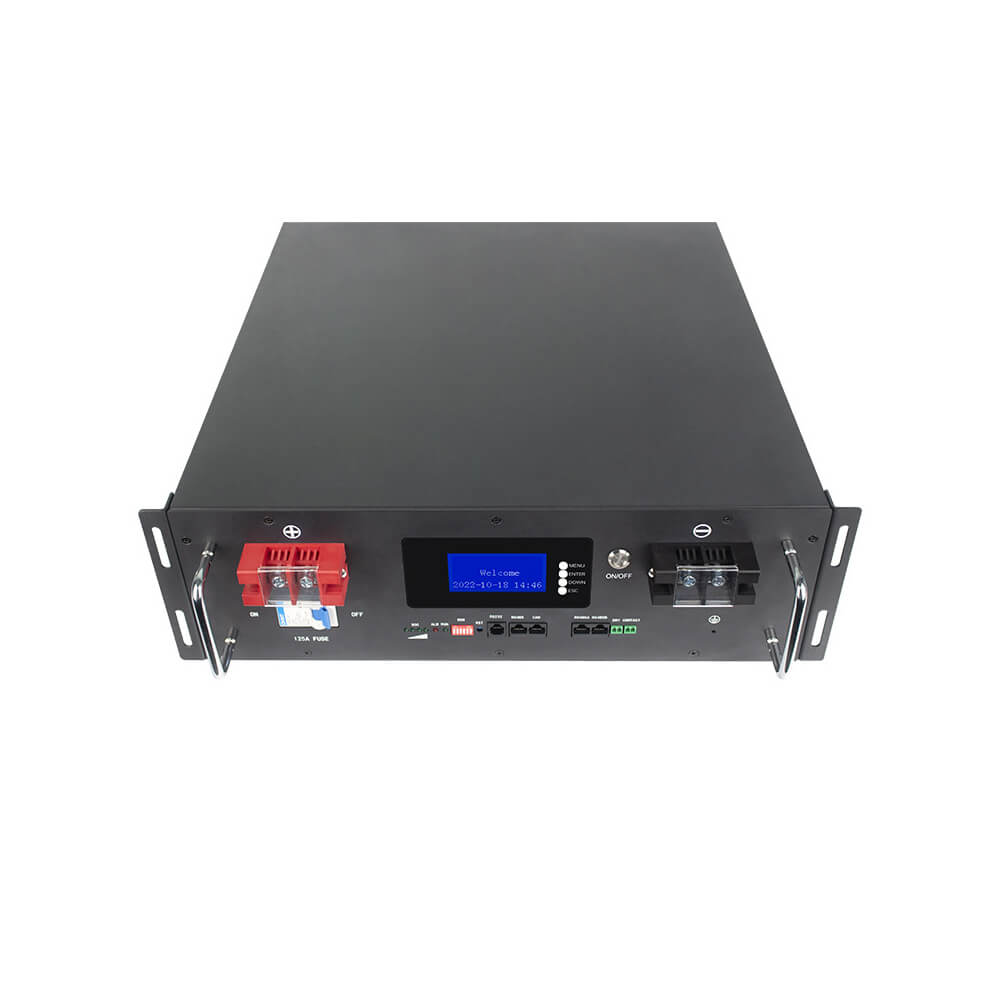100ah battery
100Ah battery has a capacity of 100 ampere-hours (Ah, Ampere-hour). The Ah value of a battery indicates the amount of current it can provide in one hour. Taking a 100Ah battery as an example, it can provide a current of 100 amperes in one hour, or 10 amperes in ten hours. Widely used in: Solar power generation systems, RVs or ships, backup power supplies, etc. Here is a more comprehensive introduction to 100Ah batteries
Features of 100Ah batteries:
1. Capacity and endurance
Capacity: 100Ah means that the battery can provide a current of 100 amperes in 1 hour, or 10 amperes in 10 hours, etc. Endurance: The endurance of the battery depends on the power consumption of the connected device. For example, a device with a power consumption of 50W can work continuously for about 20 hours (assuming the battery voltage is 12V).
2. Applicability
Multiple application scenarios: suitable for solar energy storage systems, RVs, ships, camping equipment, emergency backup power supplies, etc. Backup power: Provides reliable emergency power for critical equipment in the event of a power failure.
3. Battery type
Lead-acid battery: Traditional, low-cost, but heavy, short service life, and relatively low charge and discharge efficiency. Lithium battery: Lightweight, long service life, high charge and discharge efficiency, but high price. Suitable for applications that require frequent charge and discharge or are weight-sensitive.
4. Charge and discharge characteristics
Deep discharge: Most 100Ah batteries support deep discharge (such as 70% or higher), but the life of different types of batteries after deep discharge will vary. Charging time: Charging time depends on the current output of the charger and the type of battery. Generally, a 100Ah battery takes several hours to more than ten hours to fully charge.
5. Physical characteristics
Size and weight: Batteries with larger capacity are usually larger in size and weight. Lead-acid batteries are heavier, while lithium batteries are relatively lighter. Durability: High-quality batteries can withstand multiple charge and discharge cycles and have a long service life, especially if they are well maintained.
6. Safety
Overcharge protection: Many 100Ah batteries are equipped with overcharge and over-discharge protection functions to prevent battery damage and extend service life. Leak-proof design: High-quality batteries have leak-proof and explosion-proof designs to ensure safe use in various environments.
7. Temperature adaptability
Operating temperature range: Different types of batteries have different operating temperature ranges. Generally, lead-acid batteries are more sensitive to low temperatures, while lithium batteries perform better in extreme temperatures.
8. Service life
Number of cycles: Lithium batteries usually have a longer cycle life (number of charge and discharge cycles) than lead-acid batteries and have a longer service life. Self-discharge rate: Lithium batteries have a lower self-discharge rate and lose less power when not used for a long time.
9. Cost-effectiveness
Initial cost: Lead-acid batteries are cheaper and lithium batteries are more expensive, but considering service life and performance, lithium batteries may be more cost-effective in the long term.
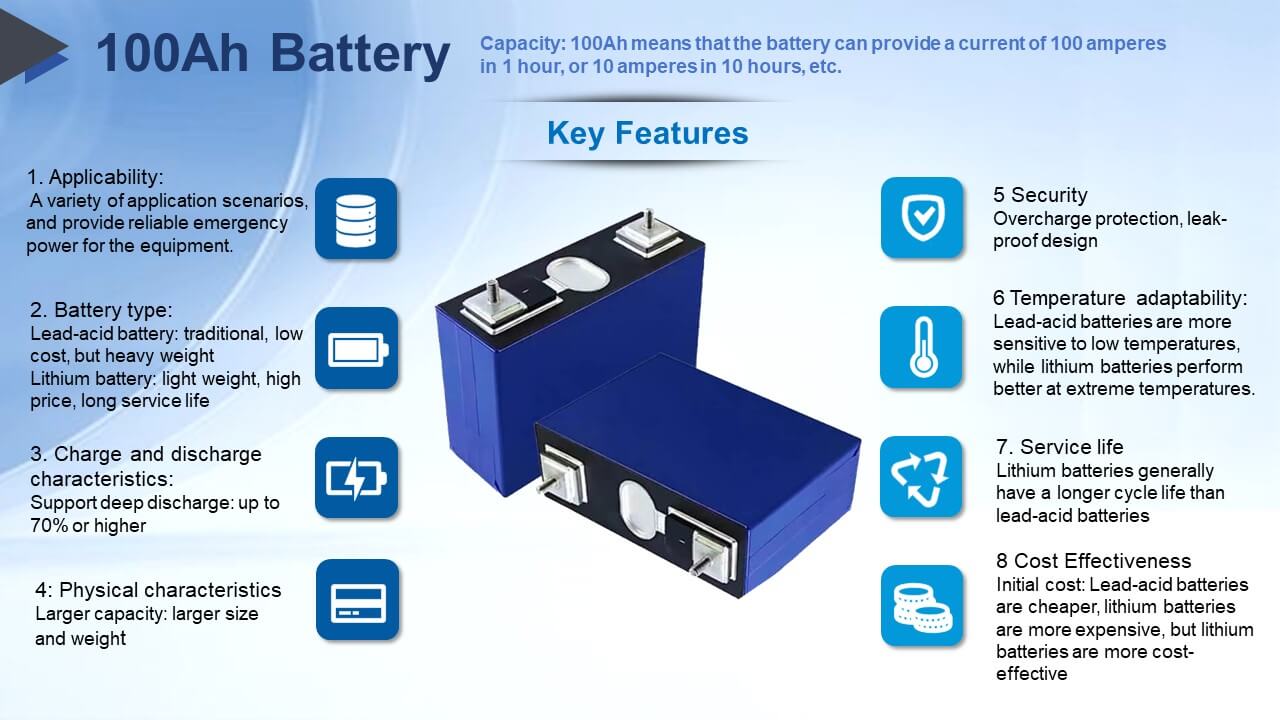
The voltage configuration of 100Ah battery is not limited to 12V and 24V, but also includes other voltage levels. The battery voltage configuration is closely related to the application scenario and system requirements. The following are other possible voltage options for 100Ah battery and their applications:
| Voltage | Features | Application Scenario |
| 12V | They have high energy density, are stronger and more efficient than standard lead-acid batteries, and are fire-resistant | Home backup power, trolling motors, RVs, off-grid and solar systems, etc. |
| 24V | High energy storage device | Solar energy storage systems, electric vehicles and RVs, industriesrequi ring high voltage and continuous power supply, etc. |
| 48V | Batteries for high voltage, high capacity applications | Electric vehicles and electric bicycles, solar energy storage systems, UPS (uninterruptible power supply), industrial commercial equipment, etc. |
The factors that affect the battery life are as follows:
Installation, temperature, charge and discharge current, charging voltage, discharge depth and long-term charging, etc.
1) Battery installation The battery should be installed in a clean, cool, ventilated and dry place as much as possible, and should be avoided from sunlight, heaters or other radiant heat sources. The battery should be placed upright and not tilted. The terminal connection between each battery should be firm
2) Ambient temperature The ambient temperature has a great impact on the battery. If the ambient temperature is too high, the battery will be overcharged and produce gas. If the ambient temperature is too low, the battery will be undercharged, which will affect the battery life. Generally, the ambient temperature is required to be around 25℃, and the voltage value of CSIT 100ah battery is also set according to this temperature.
3) Battery current The actual value is related to the battery capacity. For example, if it is a 10AH battery, the battery current is about 0.1, and the charging current must not be greater than 0. Too much or too little charging current will affect the battery life. The discharge current is generally required to be between 0.05~. This requirement can be met in normal use, but it is also necessary to prevent accidents such as battery short circuit.
4) Charging voltage Since the UPS battery belongs to the backup working mode, the mains power is in a charging state under normal circumstances and will only discharge when there is a power outage. In order to extend the battery life, CSIT 100ah battery Generally, the voltage is controlled by floating charge. When the battery is fully charged, it will turn into floating charge state. The charging voltage of each battery is set to about 13.7V. If the charging voltage is too high, the battery will be undercharged and the charging voltage will be abnormal. It may be caused by battery fault or charger failure. When installing the battery, you must pay attention to the correctness of the battery specifications and quantity. Batteries of different specifications and batch numbers should not be mixed. Do not use high-quality chargers for external chargers. Consider heat dissipation during installation.
5) Discharge depth The depth of discharge has a great impact on the battery life. The deeper the battery discharge, the less times it can be used. When using, deep discharge is avoided. CSIT 100ah batteries have a low-power charge protection function. Generally, when the voltage of a single battery reaches about 10.5V, it will automatically shut down. In the case of light load discharge or low load discharge, it will also cause deep discharge of the battery.
6) Regular maintenance: Batteries should be checked regularly after being used for a certain period of time, such as observing whether their appearance is abnormal, measuring whether the voltage of each battery is average, etc.; if there is no power outage for a long time, the battery will be in a charging state all the time, which will make the battery activity worse. Without power outage, UPS also needs to perform discharge tests regularly to keep the battery alive. The discharge test can generally be carried out once every three months. Microfarad is the UPS with load--preferably more than 50% disconnect the mains power, so that the UPS is in an electric wave discharge state. The discharge duration is generally a few minutes to tens of minutes depending on the battery capacity. After discharge, the mains power supply is restored and the battery continues to be charged.

 简体中文
简体中文 Russian
Russian French
French German
German Japanese
Japanese Korean
Korean Arabic
Arabic Spanish
Spanish